If you have multiple computers and have to significantly migrate your data from one hard drive to another, you may want to consider cloning rather than manually copying each file. Cloning a hard drive can make the migration quick and much easier. This article will show you how to clone a hard drive and some things to be aware of when cloning hard drives.
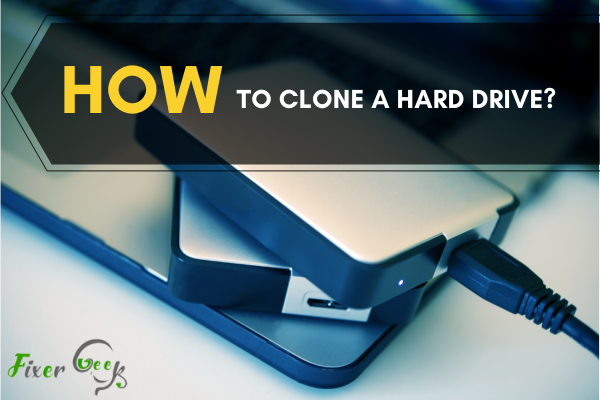
There are many excellent services for backing up your files. However, there are times when you require something a little more secure. You might be transferring your Windows installation to a new drive, or you might want another copy in case something goes wrong. In certain circumstances, cloning your hard disk is the ideal option, as it creates a replica that you can switch in and start up immediately.
It can be quicker to duplicate your hard disk than to physically copying your files. Cloning a hard disk isn’t as difficult as you might think, and follow this guide to learn how.
Cloning a Hard Drive
Before starting the cloning process, prepare two hard drives. One is the main hard drive containing the data, and the other is where the data will be cloned. If you are cloning to an external hard drive, then connect it to your computer. Make sure that the secondary purpose is large enough to store all your cloned data. Go along with the following to clone your hard drive on Windows and Mac pc.
Cloning a Hard Drive on Windows
There are many excellent cloning applications available for Windows users, but I’ll be choosing Macrium Reflect. Download the latest Macrium Reflect software and dive into the given steps
- Download the home use installer for Macrium Reflect and install the leading software.
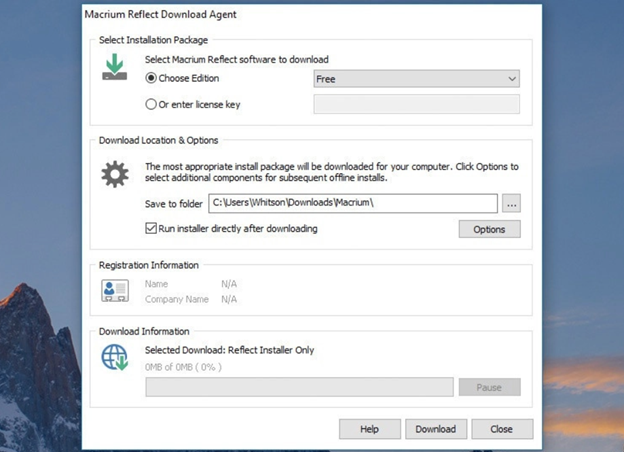
- Launch the software and select the drive partitions you want to clone. Select all the partitions by marking the leftmost checkbox. Proceed to “Clone this disk.”
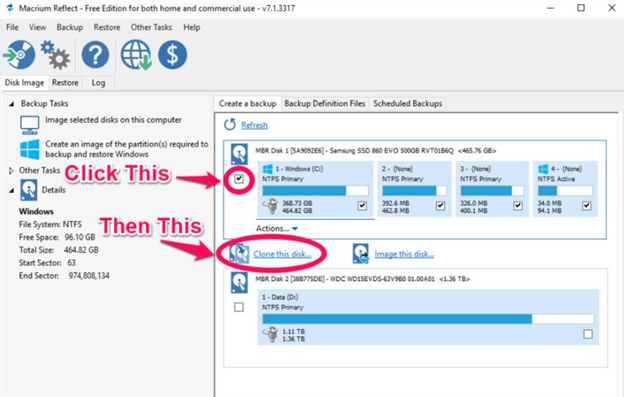
- Select the destination disk where the files will be cloned. Remember that selecting this option will wipe all data on the selected drive, so choose wisely. When you’re cloning to a bigger drive, go to the lower part of this tab and click on “Cloned Partition Properties” to expand your primary partition to fit the whole disk. Click on “Next.”

- If you are doing one-time cloning, then choose “Run this back up now,” or you can schedule your cloning if you wish to image the hard drive regularly for backup purposes. Click on “OK.”
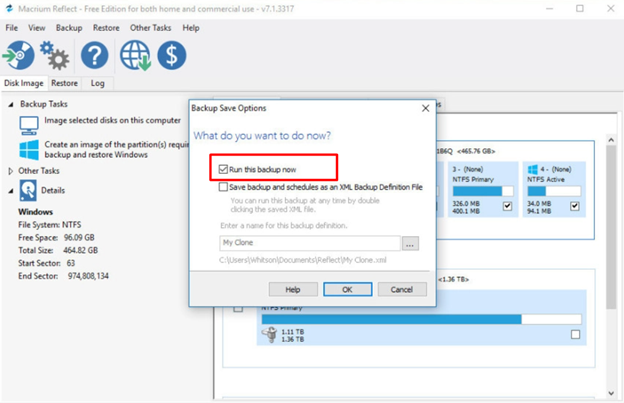
- Macrium Reflect then will start the cloning operation. Allow enough time for this to complete, based on the hard drive’s size. You can boot from the destination drive using the BIOS settings when the cloning is done.
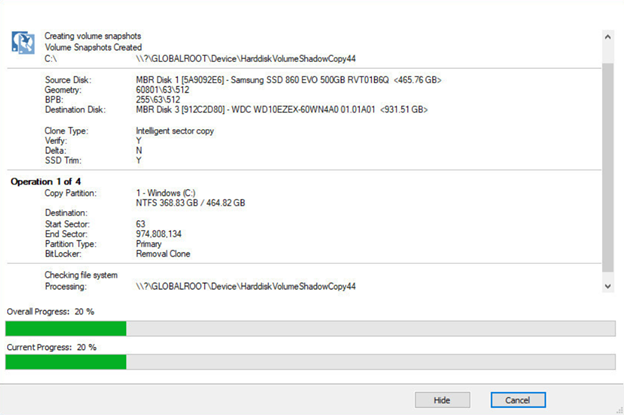
Cloning a Hard Drive on Mac
I’d recommend using SuperDuper for the hard drive cloning on your Mac. It’s free, easy to operate, and it’s been around for quite some time. Download and install the SuperDuper app and go along with the given steps
- Launch the SuperDuper app.
- In the “Copy” section, choose the primary/source hard drive you want to clone. In the “to” section, select the secondary hard drive where the data will be cloned. Click on “Copy Now,” and it will start the cloning process.
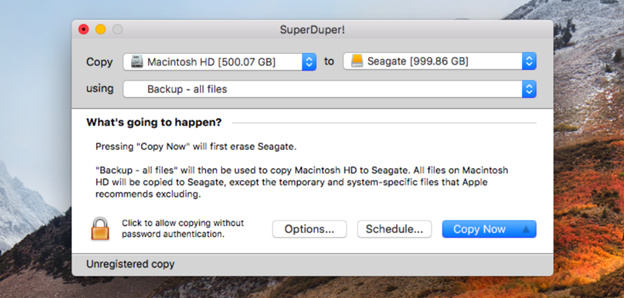
Does Cloning a Hard Drive Copy the OS?
Yes, it does. A cloned hard disk is a perfect replica of the original, complete with the OS and all the data required to launch and run.
Is it Legal to Clone a Hard Drive?
Yes, it is allowed to clone your drive or clone someone else’s drive without their consent.
Summary: Clone a Hard Drive
- Back up your files.
- Create an exact copy of your computer's hard drive by cloning it.
- First, connect the external hard drive you'll use to clone your Mac's hard drive.
- Then launch Carbon Copy Cloner, click "Edit" to modify the default task if necessary and click "Run" to start the backup process.
- You can also launch Carbon Copy Cloner on an ongoing basis, once a day or once a week.
- You can use it as a one off utility or as a scheduled task and you can use it in demo mode for free forever.